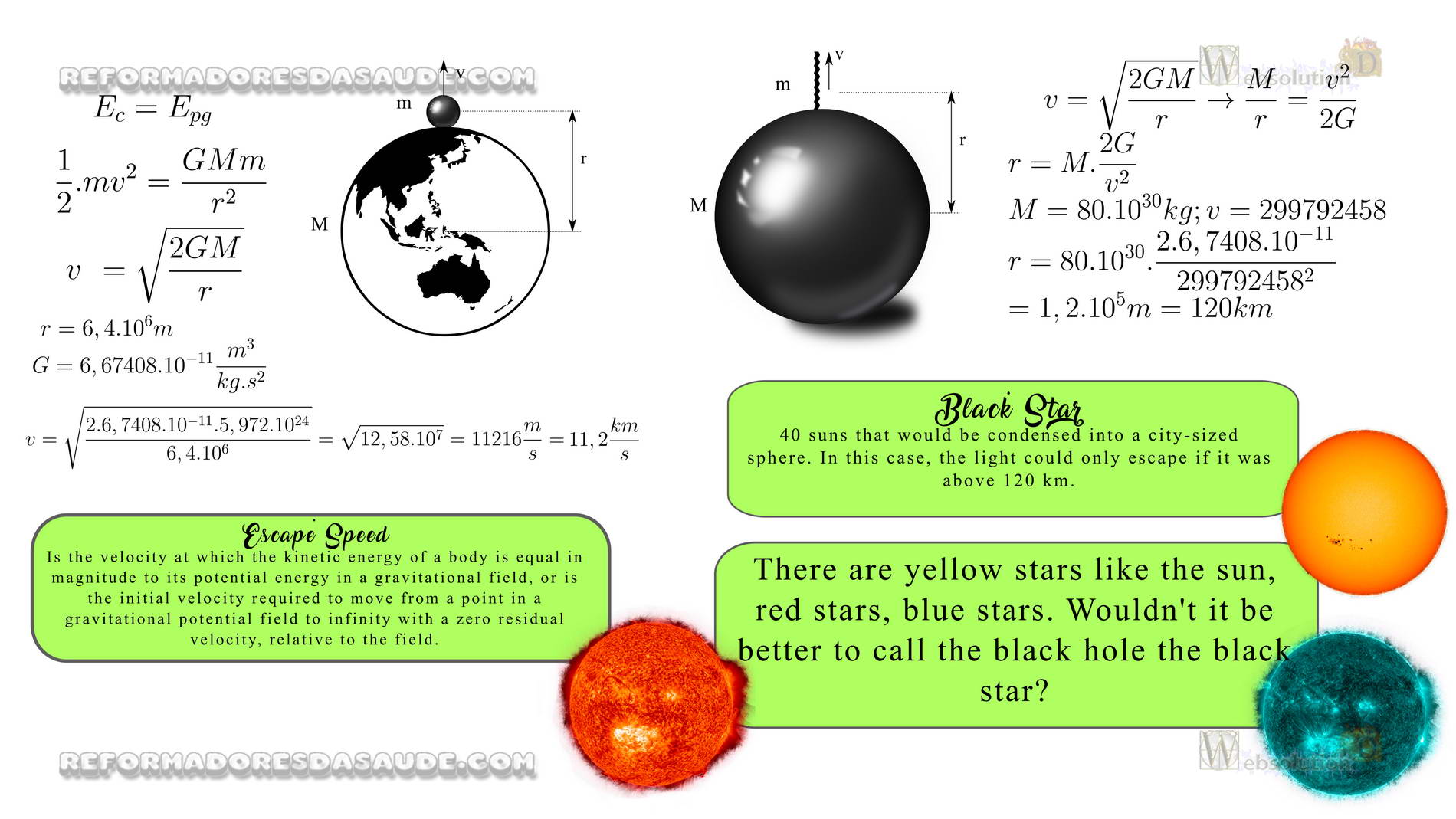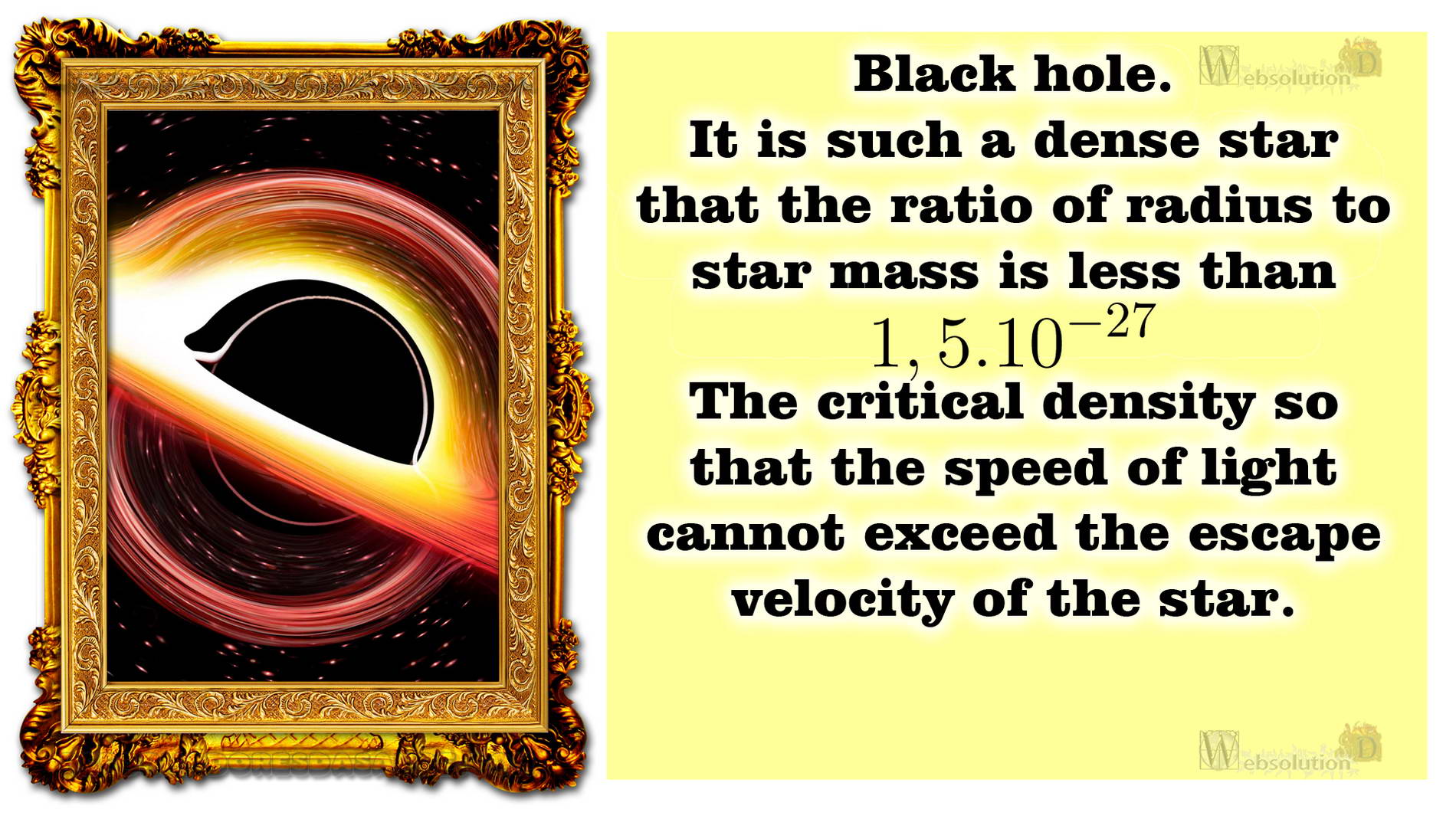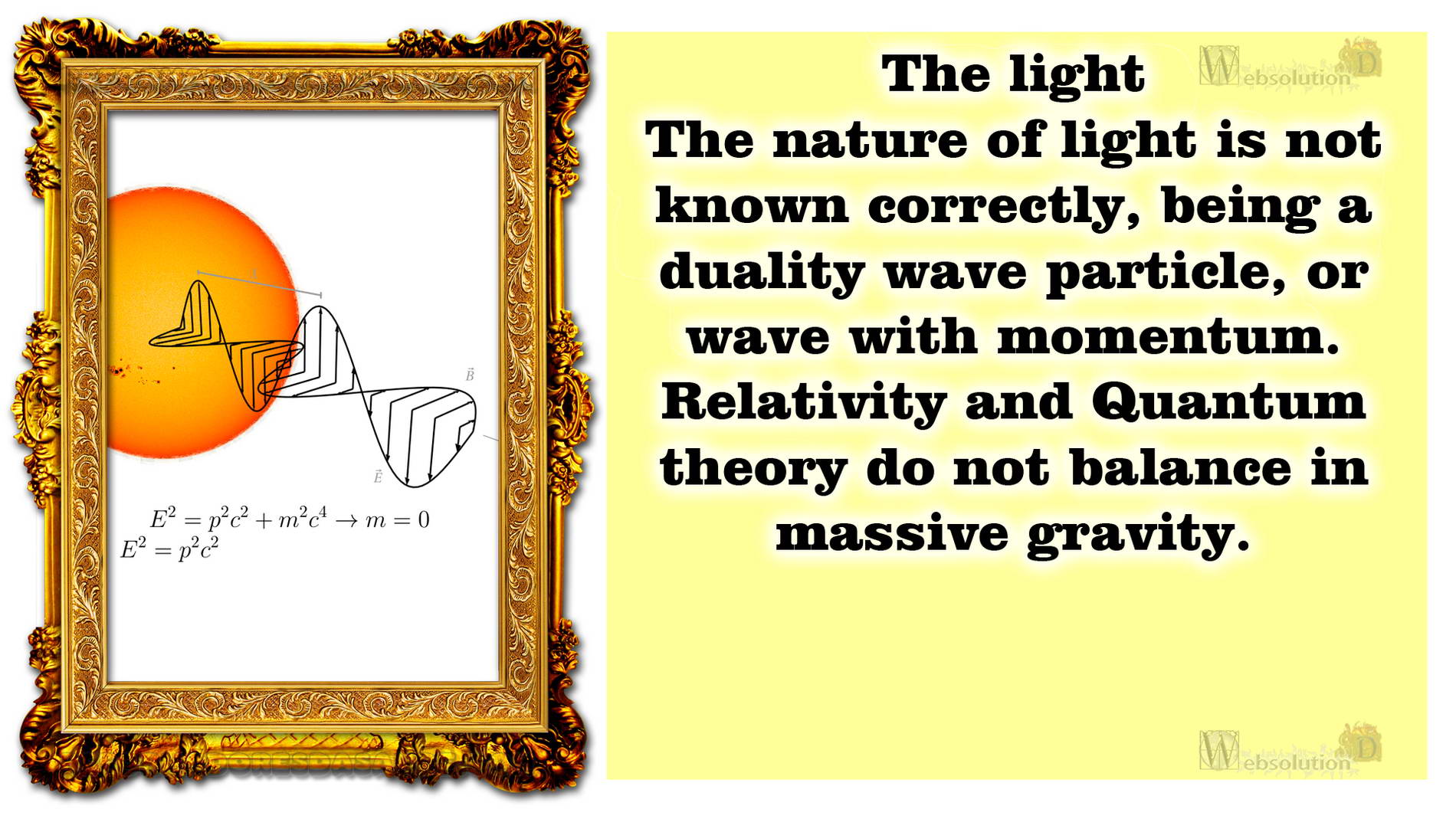The term Black Hole does not correctly define what the quoted celestial body is, for such a celestial body is just an over-compressed massive star. According to the etymology Star, comes from the term exist, the verb to be, and not light generator. Thus, a star that does not produce light, such as the one they call the Black Hole, can be called a star.
Every star has gravity, so it attracts mass, but bodies that exceed the escape velocity can escape the star.
Escape Speed
It is the velocity at which the kinetic energy of a body is equal in magnitude to its potential energy in a gravitational field, or is the initial velocity required to move from a point in a gravitational potential field to infinity with a zero residual velocity, relative to the field.
That is, there is a speed one has to reach to get out of the gravity of a body. Let's say that I have a planet without atmosphere, and that there is a cannon on its surface. The cannonball inside the cannon attracts the planet and the planet attracts the cannon. There is a gravitational constant, which is G = 6.67408 × 10 -11 m 3 kg -1 s -2 . Between the center of the cannonball and the center of the planet there is a distance r. This way you can calculate the speed the bullet has to reach in order to escape the planet. You need to know the mass of the cannonball, the mass of the planet, and the distance.
Imagine that the earth has no atmosphere, because the atmosphere generates resistance to the movement of the bullet. We know the mass of the earth, M = 5.972 × 10 24 kg, We know the average radius of the earth r = 6.4.10 6 m. Thus, calculating we have the escape velocity of the cannonball on Earth without atmosphere is 11.2 km / s.
Similarly, let's now replace Planet Earth with the massive compressed star they call the black hole. Now, let's say a beam of light tries to get out of this star. We know the speed of light.
v = 299 792 458 m / s, so we must find out the ratio of the mass of the black star by the radius. Research has determined that the initial mass for black hole formation is 40 suns. The sun's mass is 1.98892.10 30 kg, so 40 suns is approximately 80.10 30 kg, ignoring the loss of mass of the black star formation, we can now calculate the radius of that black star. That calculated gives 120 km.
That is 40 suns that would be condensed into a city-sized sphere. In this case, the light could only escape if it was above 120 km. See, what we are seeing is a star with mass so compact that light cannot escape its surface.
There are yellow stars like the sun, red stars, blue stars. Wouldn't it be better to call the black hole the black star?
E_ {c} = E_ {pg} \
frac {1} {2} .mv ^ {2} = frac {GMm} {r ^ {2}} \
v = sqrt { frac {2GM} {r}}
v = sqrt { frac {2.6,7408.10 ^ {- 11} .5,972.10 ^ {24}} {6,4.10 ^ {6}}} = sqrt {12,58.10 ^ {7}} = 11216 frac { m} {s} = 11.2 frac {km} {s}
v = sqrt { frac {2GM} {r}} rightarrow frac {M} {r} = frac {v ^ {2}} {2G} \
r = M. frac {2G} {v ^ {2}} \
M = 80.10 ^ {30} kg; v = 299792458 \
r = 80.10 ^ {30}. Frac {2.6,7408.10 ^ {- 11}} {299792458 ^ {2}} \ = 1.2.10 ^ {^ {5}} m = 120km


 Speed of light, Earth radius, Gravitational constant, Black hole, Potential energy, Kinetic energy, Mechanical energy, Escape velocity, Earth mass, Sun mass, Light momentum
Speed of light, Earth radius, Gravitational constant, Black hole, Potential energy, Kinetic energy, Mechanical energy, Escape velocity, Earth mass, Sun mass, Light momentum

